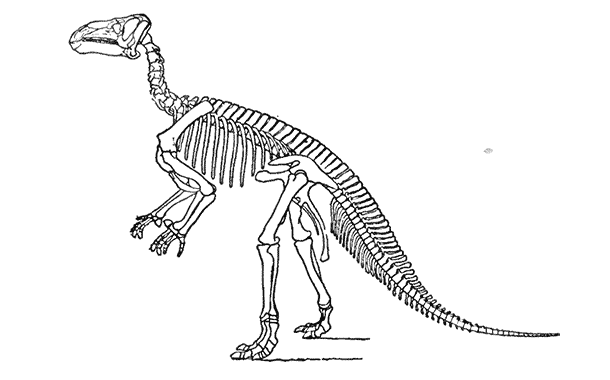<![CDATA[Although Venezuela has never been an area known for dinosaur fossils, palaeontologists have unearthed the remains of a fresh species of two-footed dinosaur which essentially survived in a volcano-filled, soggy equatorial fissure valley enclosed to the north and south by sweeping deserts. Palaeontologists have named the newly discovered dinosaur species “Tachiraptor admirabilis”. The first part of the name is a combination of the Venezuelan state of Táchira where the fossils have been unearthed, and ‘raptor’, which implies “burglar” in Latin. The last name refers to the “Commendable Campaign” of independence leader Simón Bolívar. During 1813, the region adjacent to the excavation site, situated in the Andes, played a significant tactical role for Bolívar as he rid Venezuela of Spanish rule. According to an online article published in the Royal Society Open Science, so far Tachiraptor admirabilis has only been recognized from two bones — an almost whole shinbone or tibia, broken in only a few places, and a partial hip bone. Nevertheless, palaeontologists were able to estimate the length of the dinosaur as a little over 1.5 meters from tail to nose, roughly the same size as a current day gray wolf or wild boar. In contrast, Tyrannosaurus Rex was about twelve metres long. Palaeontologists, using radiometric dating of small crystals within rocks, estimated the age of the fossil as approximately two hundred million years old. That locates it sometime in the beginning of the Jurassic period; just following the mass extinction that had completed the Triassic epoch, and around the time when dinosaurs were starting to take over the earth. One of the species that predominantly thrived in this era was the mainly meat-eating, bipedal dinosaurs called theropods. Thomas Holtz Jr., a Craniate Palaeontologist at the University of Maryland, said that the dinosaurs that had survived the Triassic-Jurassic mass extinction were the ‘ground zero’ for the subsequent development of the theropod dinosaurs. The researchers, using specific characteristics of the tibia, speculate that Tachiraptor admirabilis, although a theropod, did not directly develop into Tyrannosaurus Rex, Allosaurus, or any other parallel behemoths. Instead it fit into a sister group of dinosaurs. Nonetheless, according to Holtz, the unearthed fossil will be valuable to scientists attempting to stretch out the theropod dinosaur family tree, which has many gaps. He went on to say that significant discoveries don’t always need to be of the largest or scariest dinosaurs. Because of the fact that nearly no dinosaur remains had been found in northern South America until last August, the discovery of Tachiraptor admirabilis could prove hugely informative in understanding the development of theropods. ]]>
Remains of New Species of Two-Footed Dinosaur Unearthed In Venezuela
